Cryptocurrency
Cryptocurrency
Welcome to our guide on one of the most significant concepts within the Bitcoin Mining universe: Cryptocurrency.
Understanding Cryptocurrency: A Beginner's Guide
Simply put, a cryptocurrency is a type of digital or virtual currency that employs cryptography for enhanced security. Cryptocurrencies like Bitcoin utilize blockchain technology to gain transparency, immutability, and decentralization.
Cryptocurrency and Bitcoin
The first and most well-known cryptocurrency is Bitcoin. Introduced in 2009 by an anonymous entity known as Satoshi Nakamoto, Bitcoin's creation was the genesis of the cryptocurrency world. Bitcoin is the lifeblood of the mining activity, and understanding its function is crucial.
The Role of Cryptocurrency in Bitcoin Mining
In the world of Bitcoin mining, the cryptocurrency plays a fundamental role. Miners utilize computer processing power to solve complex mathematical problems, which helps to build the blockchain - the backbone of Bitcoin and other cryptocurrencies. Upon successful mining of a block, miners are rewarded with Bitcoin. This incentive system not only supports the operation of the network but also introduces new Bitcoins into circulation.
Cryptocurrency' Significance in Today's Economy
Cryptocurrencies, including Bitcoin, have gained growing recognition as a new asset class. Its decentralization, scarcity, and potential for quick, large returns have attracted private individuals, corporations and even governments. Although rather volatile and deemed risky by some, cryptocurrencies continue to mature, expand, and innovate the world of finance.
Key Takeaways
To conclude, cryptocurrency is a digital or virtual currency that uses cryptography for security. Bitcoin is the original and most prominent cryptocurrency, and it plays a central role in Bitcoin mining. Cryptocurrencies are increasingly entering the mainstream, proof of their significant role in the evolving global economy.
Remember this glossary term, as understanding cryptocurrency will significantly enhance your overall comprehension of Bitcoin Mining.
Blog Posts with the term: Cryptocurrency

This guide simplifies Monero solo mining with XMRig, covering setup and optimization to mine efficiently. It explains the benefits of using XMRig, necessary hardware requirements, and how to set up a Monero wallet for secure fund management....
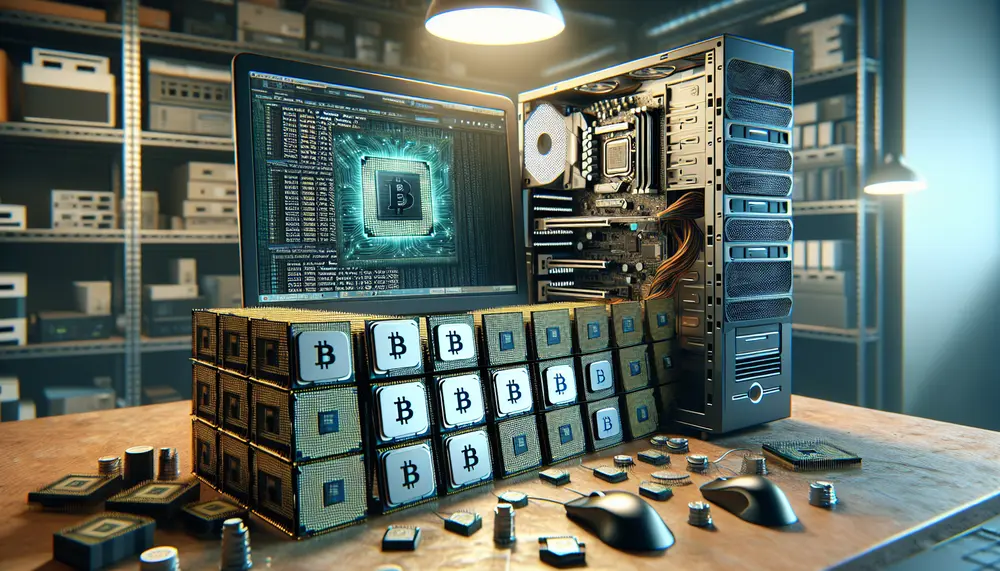
Monero mining with CPUs is accessible and cost-effective due to the RandomX algorithm, which optimizes CPU performance over GPUs; top processors include AMD Ryzen 9 3950X and Intel Core i9-10900K. Benchmarking involves measuring hash rates and power consumption using software...
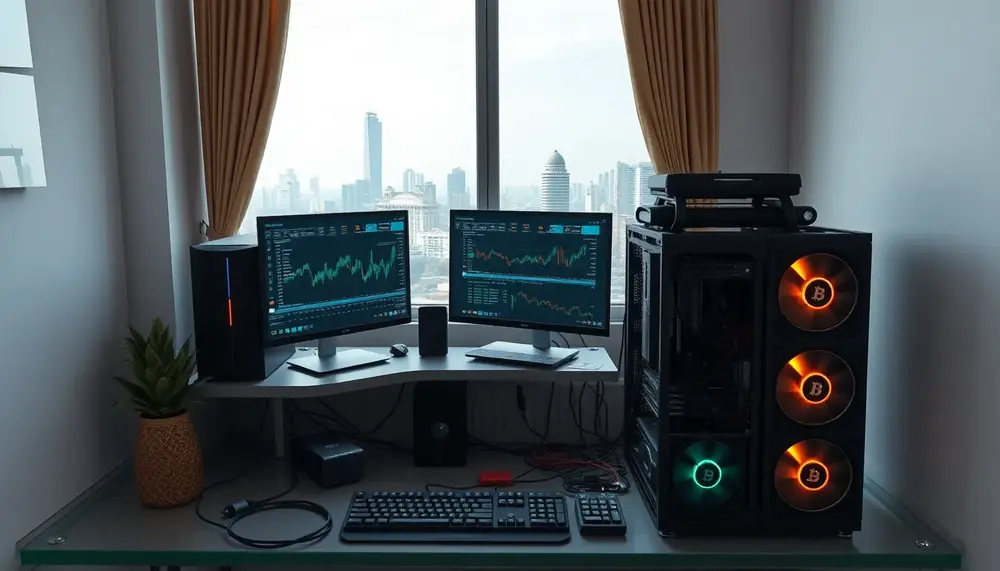
The article discusses the initial investment required for crypto mining in India, emphasizing costs related to hardware, setup, and software. It also highlights key technical specifications needed for mining rigs, such as GPUs and cooling systems, while stressing the importance...
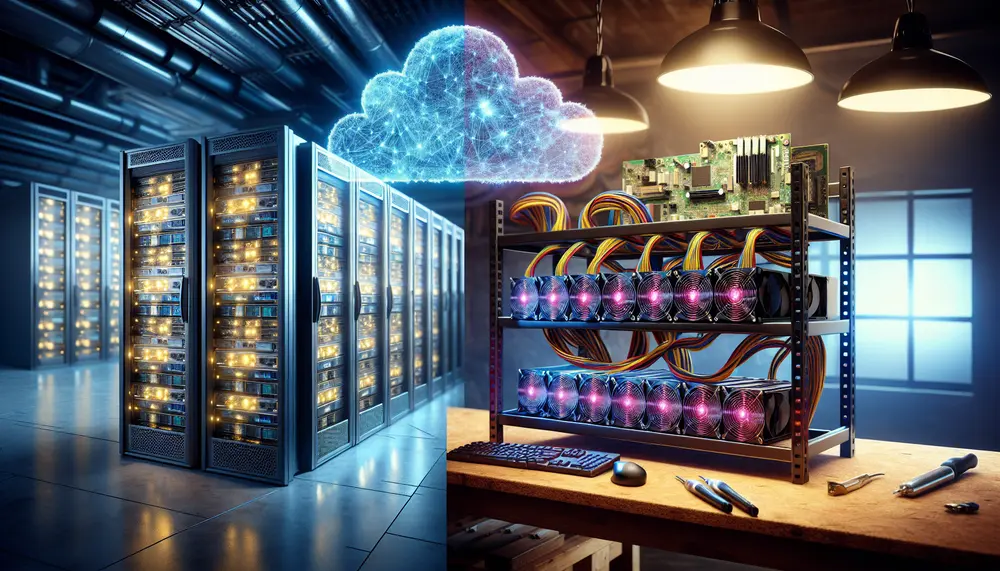
Cloud mining allows individuals to lease processing power from remote data centers for cryptocurrency mining, offering convenience and lower upfront costs but potentially reduced earnings and risks of scams. Hardware mining involves owning equipment with greater control and profit potential...

This guide provides a comprehensive overview of setting up an Ethereum mining rig, covering essential components like GPUs and motherboards, as well as key concepts such as Proof of Work (PoW) and hashrate. By the end, readers will understand how...
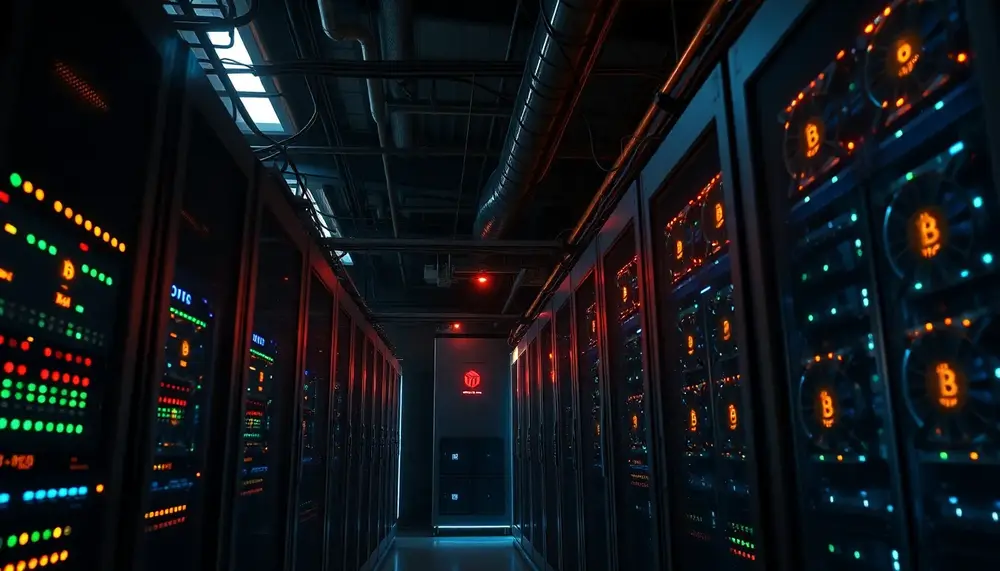
A mining pool is a collaborative group of miners who combine their computational resources to increase the likelihood of successfully mining cryptocurrency blocks and sharing rewards, essential due to the high power demands that make solo mining nearly impossible. Setting...

Mining XRP directly is not possible; instead, miners can earn XRP by mining other cryptocurrencies and exchanging them for XRP. This guide covers setting up a secure wallet, choosing the right software like Unmineable or NiceHash, and configuring your mining...

Real USDT mining apps allow users to mine Tether (USDT) directly from their smartphones or computers, offering a simplified and accessible entry point for both beginners and seasoned miners. These apps feature user-friendly interfaces, automated mining options, real-time earnings tracking,...

Bitcoin mining apps can transform your device into a mini mining rig, but with the market flooded by both genuine and dubious options, it's crucial to verify platforms like Google Play for reliability through download numbers, ratings, user reviews, and...

Monero mining on AMD Ryzen CPUs is popular due to their high performance and efficiency; this article provides a guide for optimizing these processors, covering hardware selection, BIOS settings, and software configuration to maximize mining profitability. Key considerations include core...

Bitcoin mining pools are groups of miners who combine their computing power to mine Bitcoin blocks and share the rewards. Joining a mining pool increases the frequency of payouts and reduces the volatility of the mining process, making it a...

This article explores the connection between Bitcoin mining and renewable energy, specifically focusing on solar, wind, and hydropower sources. It highlights the shift towards renewable energy in Bitcoin mining driven by environmental concerns, economic benefits, and advancements in technology. The...
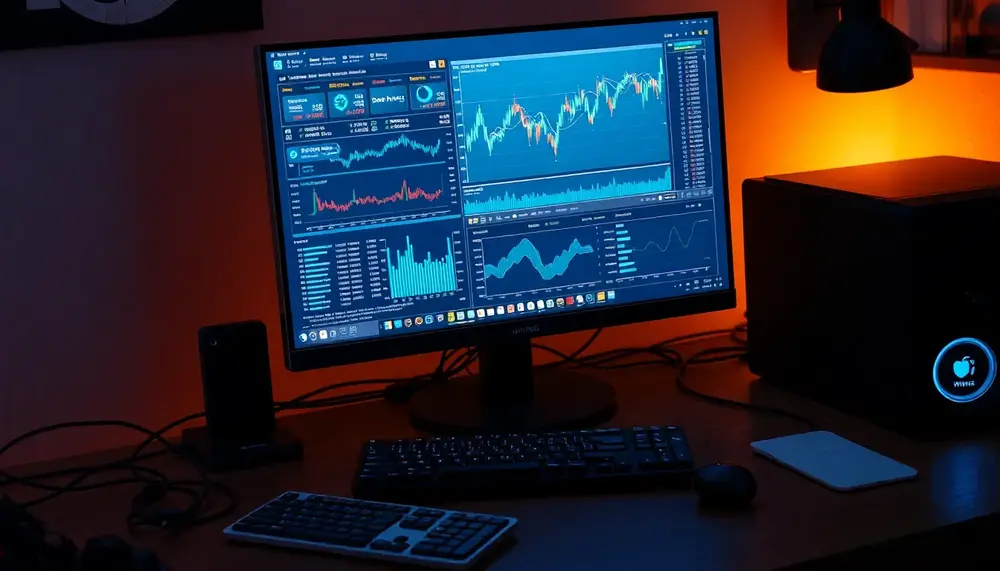
Setting up a mining pool involves configuring the correct URL and port settings to ensure efficient and secure operations, with considerations for cryptocurrency type, geographical location of pools, reputation, fees, supported coins, and security protocols. Understanding commonly used ports like...

Crypto mining on a Mac is possible but requires careful planning due to hardware limitations and software compatibility issues. To optimize performance, choose the right mining software like CGMiner or MacMiner, manage background processes, update your system regularly, and consider...

